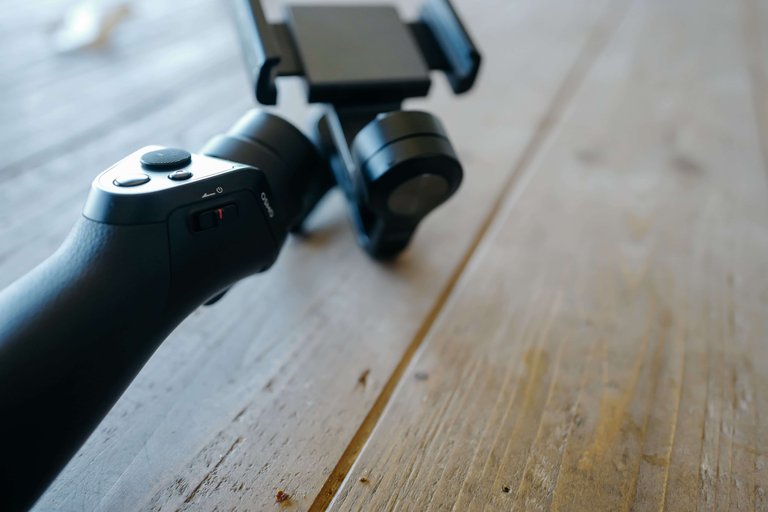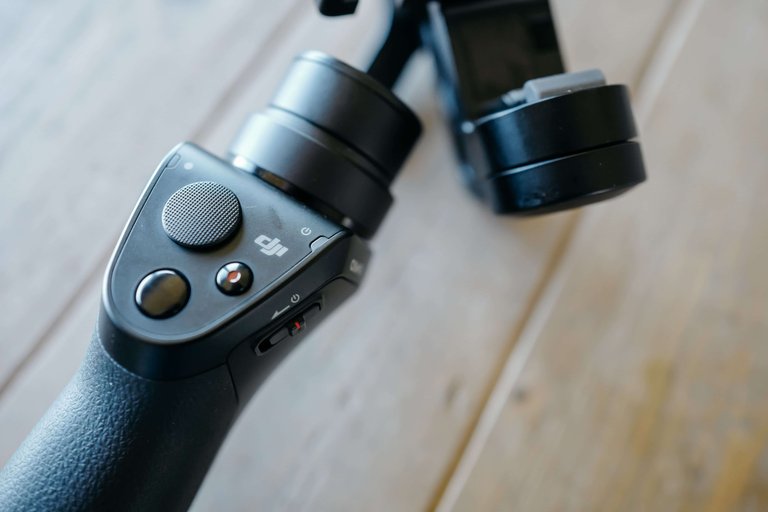The DGI osmo Mobile Gimble.... best quatily for android divice 2018
For years now, I’ve been astounded at the quality that can be achieved with nothing more than an iPhone camera.
I recently found a folder of images taken on my iPhone 3G from years ago and the difference in quality Apple has managed to deliver over time — packed into the same form factor — is nothing less than astonishing. Remarkably, not only has the photo quality vastly improved year over year for still images, but the same can be said for video as well.

Yet, for all the remarkable upgrades the iPhone has received in quality, it can still be difficult to shoot with such a small device gripped between your fingers.
Even if you don’t find any discomfort when shooting with an iPhone, it seems even the steadiest and most well-trained hands will end up producing some shaky video with the diminutive recording device.
Enter the Osmo Mobile, from DJI.

The Osmo Mobile is a cell phone gadget made by an organization best known for probably the most mainstream rambles in the business. These automatons, obviously, fly, as well as record video — and to record video from a gadget engaging both the world's breezes and its own particular rotors implies there is some genuine adjustment tech going on. The Osmo takes that innovation and places it in a little handheld gadget. The gimbal joined to the automaton, which once gave smooth video in the sky, is conveyed sensible and straight to your telephone. The entire bundle is, as it were, minimal in excess of a gimbal on a stick.
With a flexible space that can take about any cell phone paying little heed to estimate, fitting your telephone in the Osmo Mobile is simple. Turning a dial opens the gadget's jaws and shutting that same dial fixes the clasp to keep the telephone set up. The Osmo gives a portion of its strength by understanding the size and weight of your telephone, so it must be driven the distance against the uttermost "divider" of the camera zone to work effectively. At times, if the gimbal appears to be finicky, the client should alter a moment dial, sliding the telephone marginally out from the stick. I would say, I've never needed to disturb its default dividing.